GW9662
- CAS NO.:22978-25-2
- Empirical Formula: C13H9ClN2O3
- Molecular Weight: 276.68
- MDL number: MFCD01215270
- EINECS: 636-590-7
- SAFETY DATA SHEET (SDS)
- Update Date: 2025-12-28 08:51:53
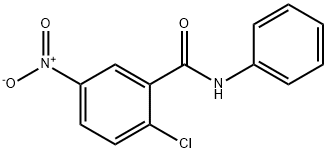
What is GW9662?
Description
GW-9662 (22978-25-2) is a selective PPARγ antagonist (IC50 = 3.3, 32 and 2000 nM for PPARγ, PPARα and PPARδ respectively).1 Blocks the inhibition of osteoclast formation induced by IL-4 (1-2 μM).2 Displays anticancer activity inhibits growth of human mammary tumor cell lines.3 GW-9662 is a useful tool for dissecting the involvement of PPARγ in cellular physiology.4,5
Chemical properties
Off-White Solid
The Uses of GW9662
GW9662 has been used as a peroxisome proliferator activated receptor γ (PPARγ) antagonist in human pluripotent stem cells, in phenylephrine stimulated cardiomyocytes and to inhibit the protective effect of telmisartan pheochromocytoma, PC12 cells.
The Uses of GW9662
A cell-permeable, selective and irreversible PPAR antagonist (IC50 = 3.3 nM, 32 nM, and 2 for PPAR, PPARa, and PPARd, respectively). Reported to covalently modify a cysteine residue in the binding site of PPAR. At a concentration of 10 , also
The Uses of GW9662
An irreversible PPAR antagonist
What are the applications of Application
GW 9662 is a selective, irreversible, and effective PPARγ antagonist that also acts as a FXR and PXR agonist
Definition
ChEBI: GW 9662 is a member of benzamides.
Biological Activity
Selective PPAR γ antagonist (IC 50 values are 3.3, 32 and 2000 nM for PPAR γ , PPAR α and PPAR δ respectively). Blocks the inhibition of osteoclast formation induced by IL-4 in the low micromolar range (1-2 μ M), therefore is more potent than BADGE (2,2-Bis[4-(2,3-epoxypropoxy)phenyl]propane ). Anticancer, inhibits growth of human mammary tumor cell lines.
Biochem/physiol Actions
GW9662 (2-chloro-5-nitrobenzanilide) binds to the ligand binding site of the peroxisome proliferator activated receptor γ (PPARγ) and results in the inhibition of adipocyte differentiation. It favors cell growth suppression in breast cancer cell lines even in the presence of PPARγ agonist rosiglitazone. It stimulates M2c macrophages differentiation and triggers growth arrest-specific 6 (Gas6) expression. GW9662 co treatment with other PPARγ ligands elicits antiproliferative effects on the glioblastoma stem cells and could be a potent therapeutic agent.
Storage
Store at RT
References
1) Leesnitzer et al. (2002), Functional consequences of cysteine modification in the ligand binding sites of peroxisome proliferator activated receptors by GW9662; Biochemistry, 41 6640 2) Bendixen et al. (2001), IL-4 inhibits osteoclast formation through a direct action on osteoclast precursors via peroxisome proliferator-activated receptor gamma 1; Proc. Natl. Acad. Sci. USA, 98 2443 3) Seargent et al. (2004), GW9662, a potent antagonist of PPARgamma inhibits growth of breast cancer tumour cells and promotes the anticancer effects of the PPARgamma agonist rosiglitazone, independently of PPARgamma activation; Br. J. Pharmacol., 143 933 4) Cheng et al. (2014), β-Caryophyllene Ameliorates the Alzheimer-Like Phenotype in APP/PS1 Mice through CB2 Receptor Activation and the PPARγ Pathway; Pharmacology, 94 1 5) Liu et al. (2014), Curcumin protects neurons against oxygen-glucose deprivation/reoxygenation-induced injury through activation of peroxisome proliferator-activated-γ function; J. Neuro. Sci. Res., 92 1549
Properties of GW9662
| Melting point: | 158-159 °C (lit.) |
| Boiling point: | 360.9±32.0 °C(Predicted) |
| Density | 1.440±0.06 g/cm3(Predicted) |
| storage temp. | 2-8°C |
| solubility | DMSO: 26 mg/mL, soluble |
| form | solid |
| pka | 11.77±0.70(Predicted) |
| color | white |
| Stability: | Stable for 2 years from date of purchase as supplied. Solutions in DMSO or ethanol may be stored at -20° for up to 3 months. |
| CAS DataBase Reference | 22978-25-2(CAS DataBase Reference) |
Safety information for GW9662
| Signal word | Warning |
| Pictogram(s) |
 Exclamation Mark Irritant GHS07 |
| GHS Hazard Statements |
H315:Skin corrosion/irritation H317:Sensitisation, Skin H319:Serious eye damage/eye irritation H335:Specific target organ toxicity, single exposure;Respiratory tract irritation |
| Precautionary Statement Codes |
P261:Avoid breathing dust/fume/gas/mist/vapours/spray. P280:Wear protective gloves/protective clothing/eye protection/face protection. P321:Specific treatment (see … on this label). P302+P352:IF ON SKIN: wash with plenty of soap and water. P305+P351+P338:IF IN EYES: Rinse cautiously with water for several minutes. Remove contact lenses, if present and easy to do. Continuerinsing. P405:Store locked up. P501:Dispose of contents/container to..… |
Computed Descriptors for GW9662
| InChIKey | DNTSIBUQMRRYIU-UHFFFAOYSA-N |
New Products
4,4-Difluoropiperidine hydrochloride tert-butyl 9-methoxy-3-azaspiro[5.5]undecane-3-carboxylate Indole Methyl Resin N-Isopropylurea N,N-Dicyclohexylcarbodiimide(DCC) MELDRUMS ACID 5-METHYLISOXAZOLE-4-CARBOXYLIC ACID Magnessium Bis glycinate Zinc ascorbate 1-bromo-2-butyne 2-acetamidophenol 9(10H)-anthracenone Erythrosin B, 4-Piperidinopiperidine 2-((4-morpholinophenylamino) (methylthio) methylene) malononitrile 2,4-dihydroxybenzaldehyde 3-(4-morpholinophenylamino)-5-amino-1H-pyrazole-4-carbonitrile Methyl 2-methylquinoline-6-carboxylate 2,6-dichloro-4-nitropyridine 4-Bromo-2-chlorobenzonitrile 2-(benzylamino)acetic acid hydrochloride 4-(tert-Butoxycarbonylamino)but- 2-ynoic acid 3,4-dihydro-2H-benzo[b][1,4]dioxepine 1-Phenyl-1-cycloprppanecarboxylicacidRelated products of tetrahydrofuran
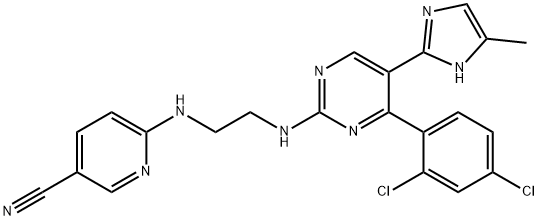
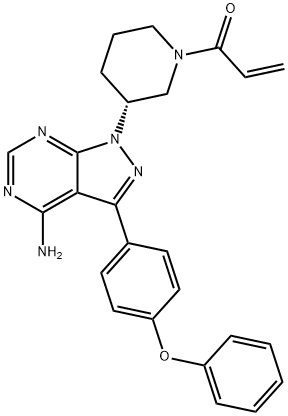

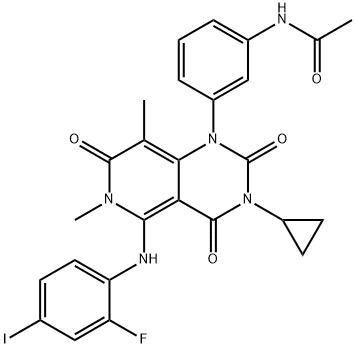


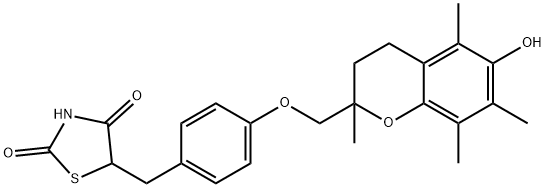

You may like
-
 GW 9662 CAS 22978-25-2View Details
GW 9662 CAS 22978-25-2View Details
22978-25-2 -
 Gw9662 97% CAS 22978-25-2View Details
Gw9662 97% CAS 22978-25-2View Details
22978-25-2 -
 GW9662 CAS 22978-25-2View Details
GW9662 CAS 22978-25-2View Details
22978-25-2 -
 3-(4-amino-1-oxoisoindolin-2-yl)-1-methylpiperidine-2,6-dione 98%View Details
3-(4-amino-1-oxoisoindolin-2-yl)-1-methylpiperidine-2,6-dione 98%View Details -
 20677-73-0 (2,2-diethoxyethyl)methylamine 98%View Details
20677-73-0 (2,2-diethoxyethyl)methylamine 98%View Details
20677-73-0 -
 3-(4-(hydroxyamino)-1-oxoisoindolin-2-yl)piperidine-2,6-dione 98%View Details
3-(4-(hydroxyamino)-1-oxoisoindolin-2-yl)piperidine-2,6-dione 98%View Details -
 57381-49-4 2-bromo-4-chlorobenzonitrile 98%View Details
57381-49-4 2-bromo-4-chlorobenzonitrile 98%View Details
57381-49-4 -
 4,6-dichloropyrimidine-5-carbaldehyde 98%View Details
4,6-dichloropyrimidine-5-carbaldehyde 98%View Details
5305-40-8
